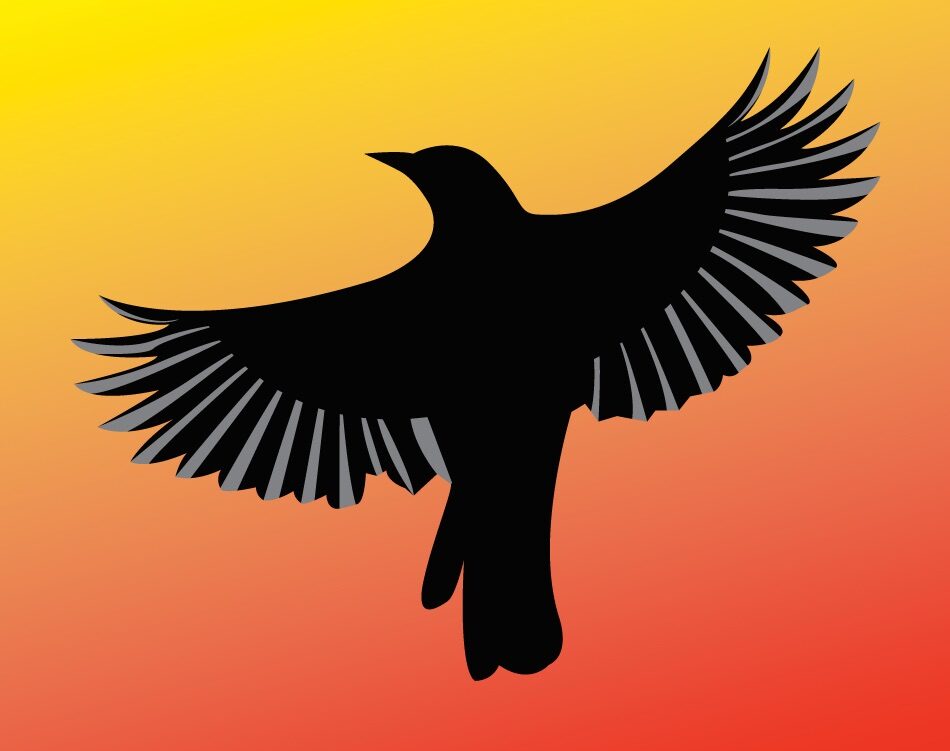Working with grids in Photoshop
Sometimes you can eyeball the spacing in an image, and sometimes it’s helpful to use a grid to make sure things are lined up correctly. Photoshop allows you to specify the distance between your gridlines, the style and color of the lines, and you can toggle them on and off. Toggle gridlines on/off View >…
